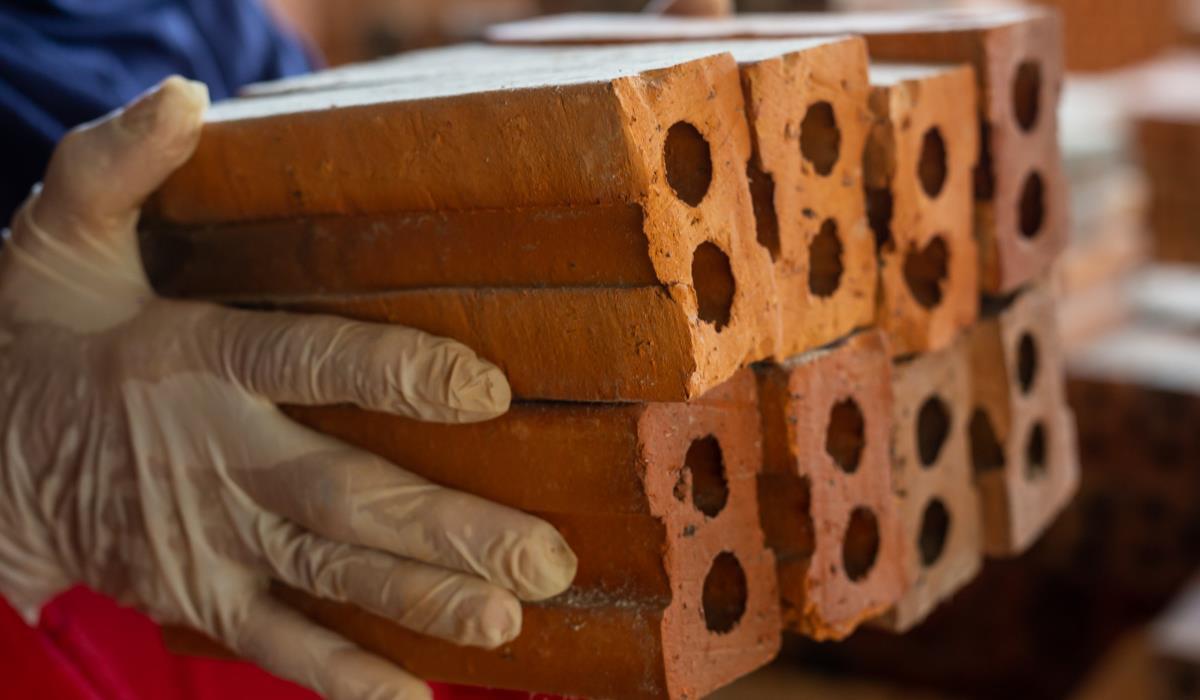For centuries, bricks have been an integral part of every building. Brick provides durability and strength, thanks to which the structures stand stable and straight. The hollow block relieves the load on the structure. However, the question arises: “Which types of bricks should be chosen for construction?” There are several key factors that influence this decision. Environmental friendliness, value for money, weight, density, strength, water absorption capacity, thermal conductivity, etc. are just some of them.
Ordinary brick is usually made of clay that is subjected to high temperatures. The heat generated bonds the clay particles together, creating strong ceramic bonds. It is these bonds that give the bricks warm and natural colors. However, colors can be modified through various techniques, such as adjusting the temperature and atmosphere in the kiln or changing the composition of the clay. The texture of the bricks can also vary. Ordinary bricks are durable and resistant. The hollow block, also called Porotherm bricks or perforated bricks, has vertical or horizontal holes filled with a special insulating material. They are light, less absorbent, made of ecological material and have insulating properties. Moreover, they present a better aesthetic appearance than traditional ordinary bricks.
Brick and hollow brick – comparison and differences
Composition: Ordinary bricks are made of clay, lime, sand, iron oxide and magnesite. Hollow blocks are a combination of clay, fly ash, coal ash, sawdust and rice husk ash.
Uses: Bricks are mainly used to build walls, sidewalks, sidewalks, driveways, paths and landscaping. Hollow blocks are used both inside and outside buildings, but only up to a certain height.
Weight: Ordinary bricks are relatively heavier, weighing about 2.5 kg to 3.5 kg. The hollow bricks are almost 60% lighter than traditional ordinary bricks.
Water absorption capacity: For ordinary bricks it is approximately 20% of their weight. For hollow bricks it is approximately 15% of their weight.
Thermal conductivity: The approximate value is 0.6 to 1 watt per meter kelvin for ordinary bricks. The approximate value is 0.28 to 0.31 watts per meter kelvin for perforated bricks.
Load resistance: For ordinary bricks it ranges from 7.5 to 10 Newtons per square meter. For hollow blocks it is approximately 3.5 Newtons per square meter.
Density: Bricks For ordinary bricks, it ranges from 1,700 to 1,920 kilograms per cubic meter. In the case of perforated bricks, it ranges from 694 to 788 kilograms per cubic meter.
The use of hollow blocks – perforated bricks:

- Perforated bricks are ecological; from secondary materials/waste/natural substitutes such as coal ash, rice husk, granite slag, fly ash, etc.
- Perforated bricks can reduce the use of cooling and heating devices according to seasonal needs thanks to their insulating property. To zmniejsza zużycie energii, oszczędzając zasoby i portfele.
- The air present in the empty space of these bricks makes them thermal insulators. They keep building interiors cool in summer and warm in winter, especially “hollow clay bricks”. They also provide better acoustic insulation compared to solid bricks.
- Perforated bricks show good compressive strength, making them suitable for installing heavy wall chambers, cabinets, boilers, etc. The presence of void space makes it easier to run electrical and plumbing installations compared to solid bricks, which require chiseling, which increases labor costs and damage.
- Perforated bricks are much lighter compared to solid bricks. This reduces the overall structural cost as well as the amount of dead load for the building.



